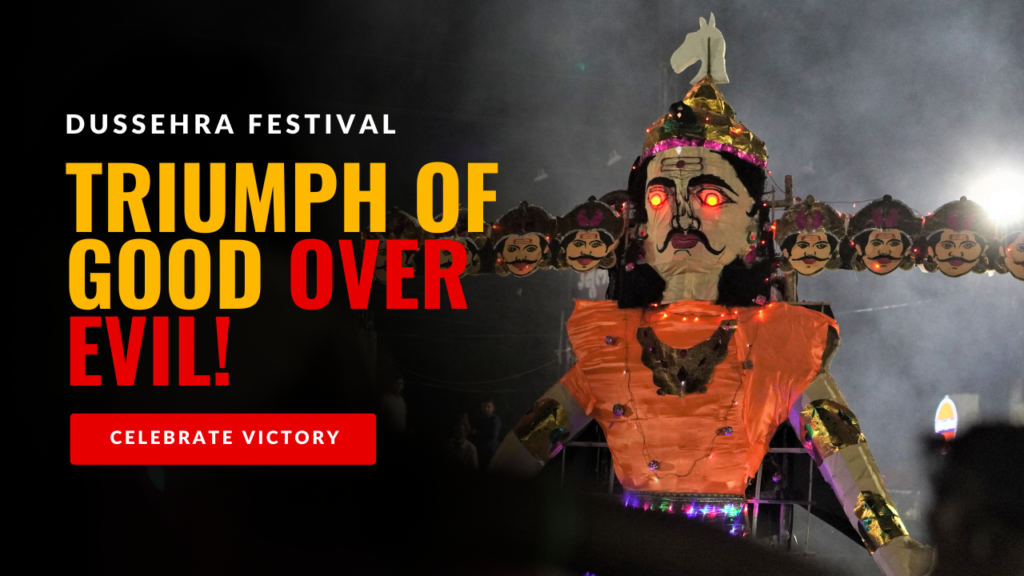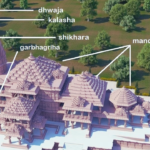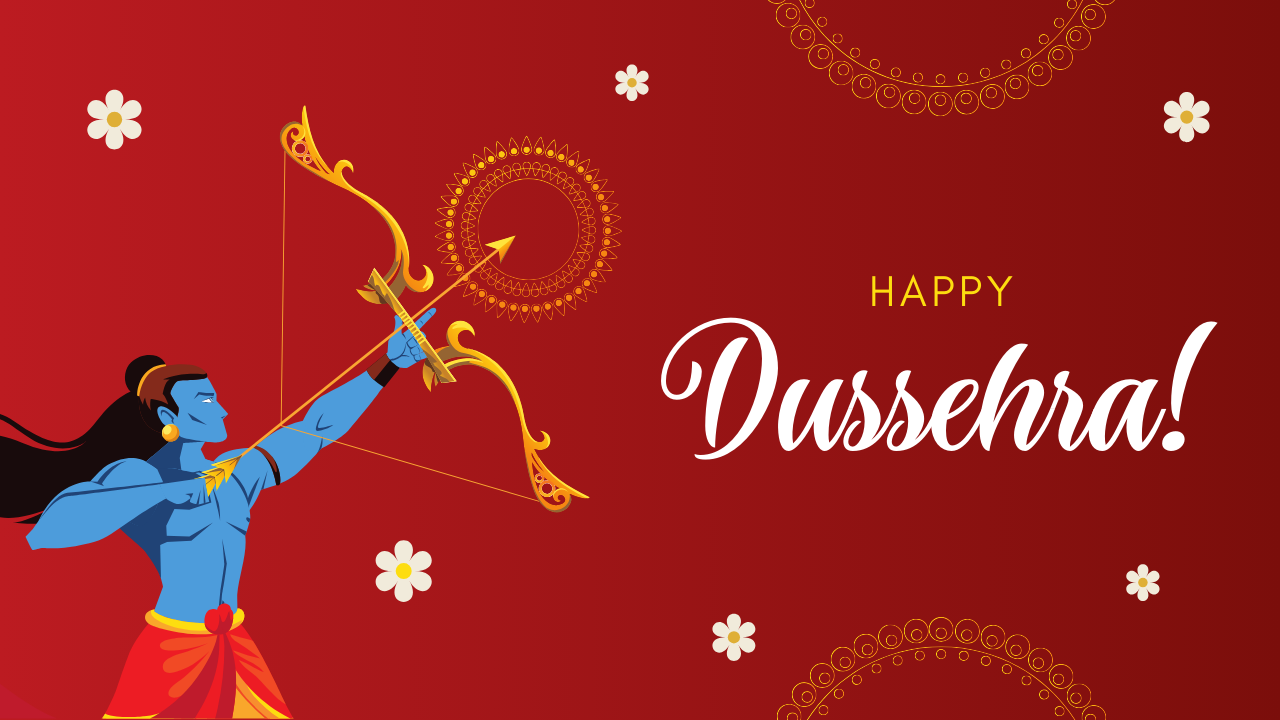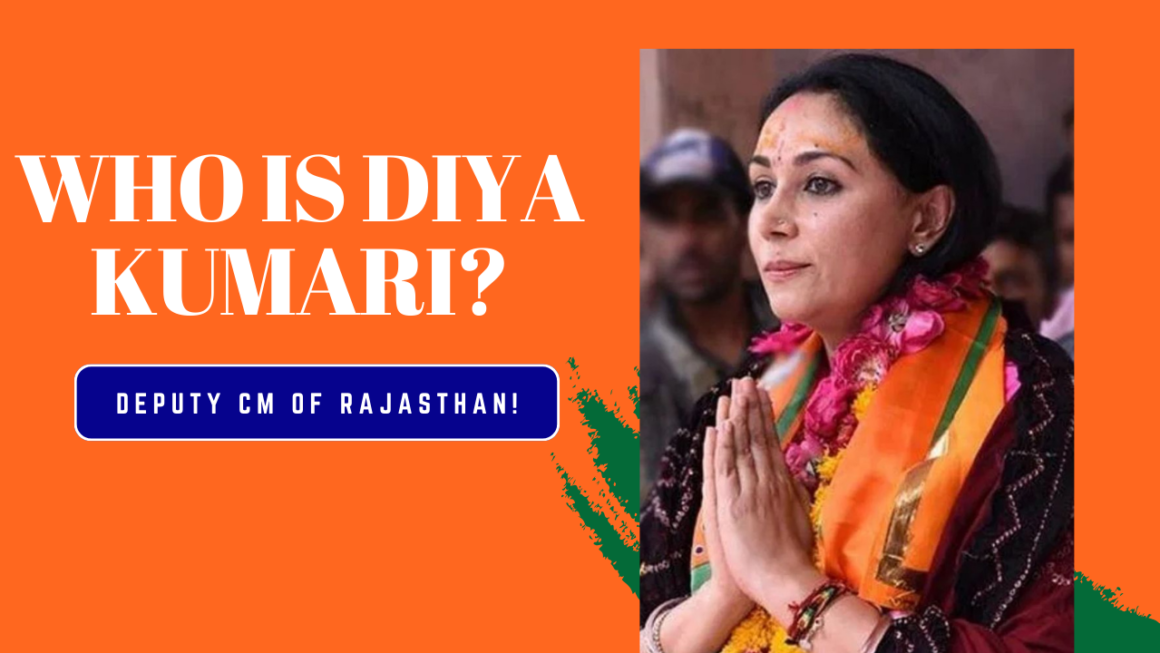Dussehra, also known as Vijayadashami, Dasara, or Dashain, is a significant festival that falls on the tenth day of the month of Ashwin, marking the culmination of the nine-day Navratri celebration. It carries a profound message of the triumph of good over evil. This auspicious occasion commemorates the victories of Lord Rama over the demon king Ravana and Maa Durga over Mahishasura.
In North Indian states and Karnataka, it is commonly referred to as Dussehra, while West Bengal predominantly uses the term Vijayadashami. Bengalis celebrate the festival with Durga Visarjan, where idols of Maa Durga are immersed in holy water bodies. Across the country, Ram Lila performances captivate audiences, grand fairs are organized, and crowds gather to witness the spectacular burning of Ravan effigies.
Shubh Muhurat For Dussehra 2023
Dussehra or Vijayadashami in 2023 falls on October 24. The Vijaya Muhurat begins at 1:58 pm and concludes at 2:43 pm, according to Drik Panchang. The afternoon Puja time spans from 1:13 pm to 3:28 pm. The Dashami Tithi commences on October 23 at 5:44 pm and concludes on October 24 at 3:14 pm. The Shravana Nakshatra prevails from October 22 at 6:44 pm until October 23 at 5:14 pm.
Historical Significance
The history and significance of Vijayadashami date back to Hindu mythology. It falls on Shukla Paksha Dashmi during the month of Ashwin, following Maha Navami and concluding Shardiya Navratri. Vijayadashami symbolizes the victory of righteousness over malevolence. Legend has it that Lord Rama defeated the demon king Ravana, and Maa Durga vanquished Mahishasura following a nine-day battle.

Furthermore, Dussehra marks the commencement of Diwali celebrations, occurring twenty days before the Festival of Lights. It signifies the return of Lord Rama, Maa Sita, and Lord Lakshman to their homeland. This festival conveys the profound message of the triumph of good over evil and light over darkness. On this day, people pray for prosperity and good health. Some regions also place great importance on worshiping the Shami tree on Vijayadashami, as it is believed that Arjun concealed his weapons within it during his exile.
Read Also: पढ़ें श्री हनुमान चालीसा | Hanuman Chalisa
Celebrations
Dussehra celebrations vary across regions. In North India and other parts of the country, effigies of Ravana, his brother Kumbhkaran, and the valiant warrior Meghnad are set ablaze, culminating the Ramlila performances that narrate the story of Lord Rama. Dussehra signifies the symbolic removal of sins or negative qualities, represented by the ten heads of Ravana.
In Bengal, devotees bid farewell to Maa Durga by immersing her idols in water bodies, hoping for her return the following year to protect them from all evils and miseries.
FAQs
FAQ1. What is the significance of Dussehra?
Answer. Dussehra, also known as Vijayadashami, marks the victory of good over evil. It commemorates Lord Rama’s triumph over the demon king Ravana and Maa Durga’s victory over Mahishasura.
FAQ2. When is Dussehra celebrated in 2023?
Answer. Dussehra falls on October 24, 2023, in 2023.
FAQ3. How is Dussehra celebrated in North India?
Answer. In North India, Dussehra is celebrated by burning effigies of Ravana, Kumbhkaran, and Meghnad, culminating in Ramlila performances.
FAQ4. What are the traditional rituals of Dussehra in Bengal?
Answer. In Bengal, devotees immerse idols of Maa Durga in water bodies during Durga Visarjan, bidding her a grand farewell.
FAQ5. What is the significance of the Shami tree on Vijayadashami?
Answer. Worshipping the Shami tree on Vijayadashami is believed to be significant, as it’s said that Arjun hid his weapons inside the Shami tree during his exile.
FAQ6. How does Dussehra relate to Diwali?
Answer. Dussehra marks the beginning of Diwali celebrations, occurring twenty days before Diwali and signifying Lord Rama’s return home with Maa Sita and Lord Lakshman.
FAQ7. What is the history behind Vijayadashami’s name?
Answer. The term “Vijayadashami” originates from the Sanskrit words “Vijaya” (victory) and “Dashami” (tenth day), emphasizing the victory of good over evil on this auspicious day.













